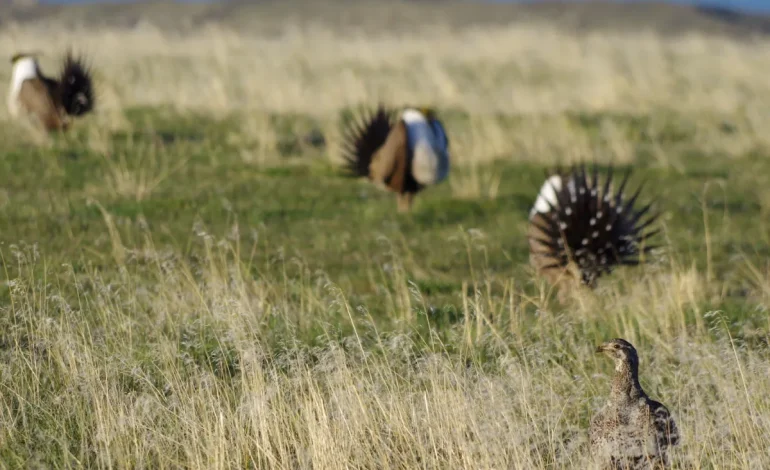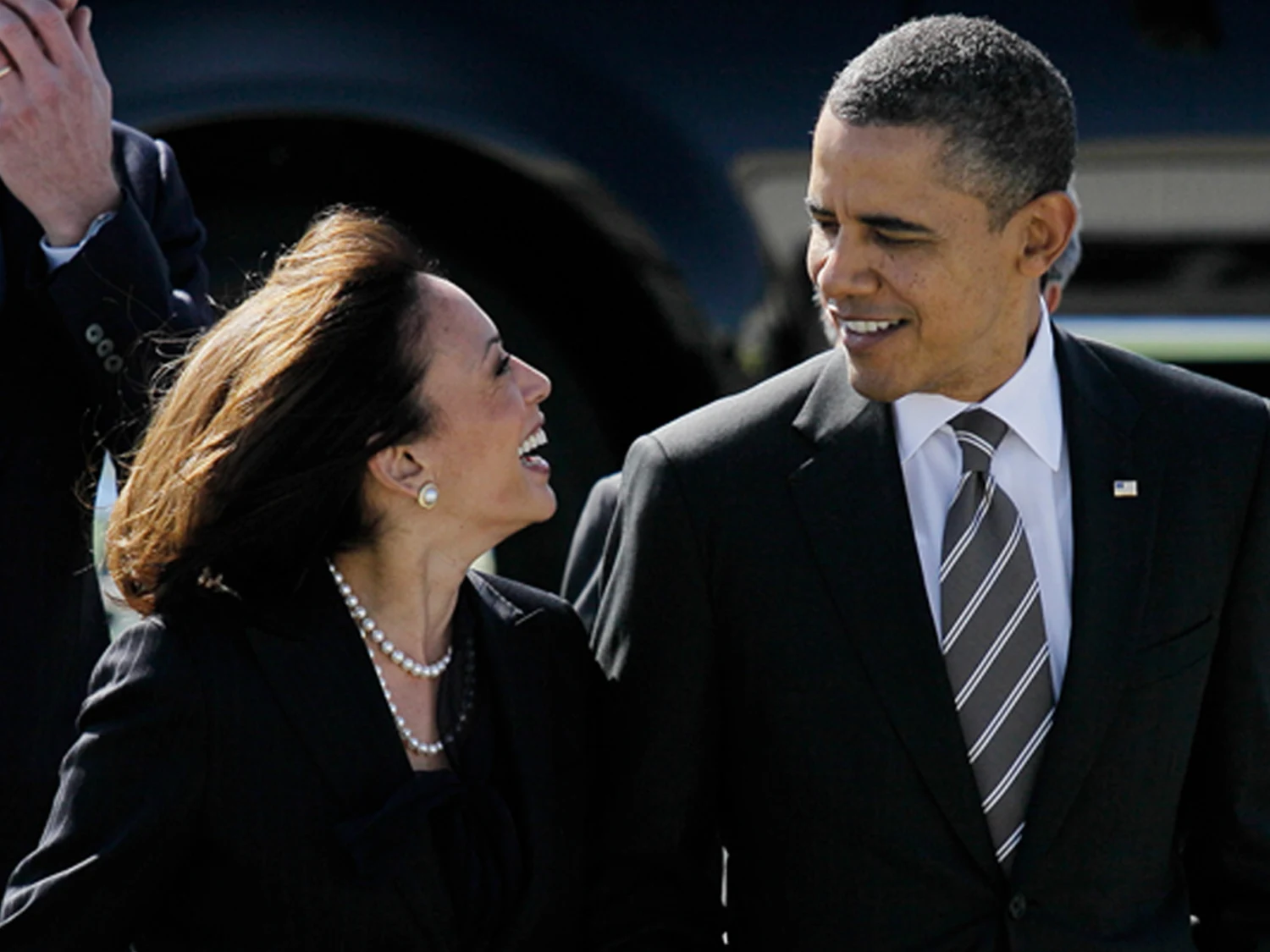Biden Administration Proposes New Drilling Ban to Protect Sage Grouse Habitat, Sparking Debate

The Biden-Harris administration has announced plans to impose stricter restrictions on oil, gas, and mining activities across millions of acres of federal land in the Western United States, American Energy Alliance reports.
These measures, aimed at preserving the habitat of the Greater Sage Grouse, affect over 6,500 square miles and place new constraints on energy production, renewing a longstanding debate over conservation and resource development.
Under the proposal, unveiled by the Department of the Interior, oil and gas drilling would be limited in zones deemed essential to the sage grouse’s survival, as well as other species that rely on the sagebrush ecosystem. This action, an expansion of the 2015 Obama-Biden administration protections, closes what federal officials describe as “loopholes” that have allowed development in critical habitats. The plan designates four million acres as off-limits to drilling, primarily impacting federal lands in Nevada, California, Wyoming, Idaho, and Oregon.
The Greater Sage Grouse, a chicken-sized bird known for its unique mating dance, has faced population declines in recent years. These declines are attributed to habitat loss from industrial activity and natural disturbances, according to the Bureau of Land Management (BLM). Sagebrush, its primary habitat, also supports a range of species, including mule deer and pygmy rabbits, making the ecosystem critical for regional biodiversity.
In the affected states, the response has been polarized. Wyoming Governor Mark Gordon expressed concerns that the new regulations would burden state-level wildlife management and curtail local economic activity. Some residents and state leaders argue that sage grouse populations can be effectively managed without federal intervention.
Environmental groups contend that the proposal, while a step in the right direction, falls short of fully safeguarding the sage grouse. Critics point out that approximately 50,000 square miles of key habitat remain open to development. Some renewable energy advocates, like the lobbying group American Clean Power, which initially backed the proposal, have voiced opposition to its final version, claiming it stifles progress on essential green infrastructure projects, including wind and solar.
“The restrictions included in the Biden-Harris proposal make it increasingly difficult for clean energy projects to proceed,” a spokesperson for American Clean Power said.
The group cited limits on wind and solar facilities that are often sited on federal land.
The BLM, which manages 65 million acres of sage grouse habitat, has been consulting with local, tribal, and federal agencies for two years, amassing over 38,000 public comments on the proposed plan. The agency emphasized that preserving sagebrush habitat has wide-ranging ecological benefits, given its importance to hundreds of species beyond the sage grouse. However, this initiative has reignited a fierce debate over federal versus state management of natural resources and the balance between conservation and energy independence.
Critics argue that species protection policies often serve as a tool to limit American energy production. A similar scenario played out in the 1990s with the spotted owl, whose protection against logging severely impacted local economies, only for biologists to later find that competition from another owl species, not habitat loss, was the primary threat.
Additional restrictions may also be on the horizon. A related proposal from the administration seeks to halt new mining projects across 15,625 square miles in Idaho, Montana, Nevada, Oregon, Utah, and Wyoming for the next two decades. Although the administration claims to support mining for minerals crucial to renewable energy, opponents argue that these restrictions hamper domestic production, forcing reliance on foreign suppliers, particularly China.
According to the Biden-Harris administration, the economic effects of the new sage grouse protections are expected to be limited, citing that energy companies typically avoid drilling in sensitive habitats due to operational restrictions around breeding seasons. This assurance has done little to quell concerns from opponents, who argue the policy restricts jobs and resources while yielding uncertain conservation benefits.
For now, BLM will accept public protests on the proposal through December 9, with final decisions anticipated in the coming months.








